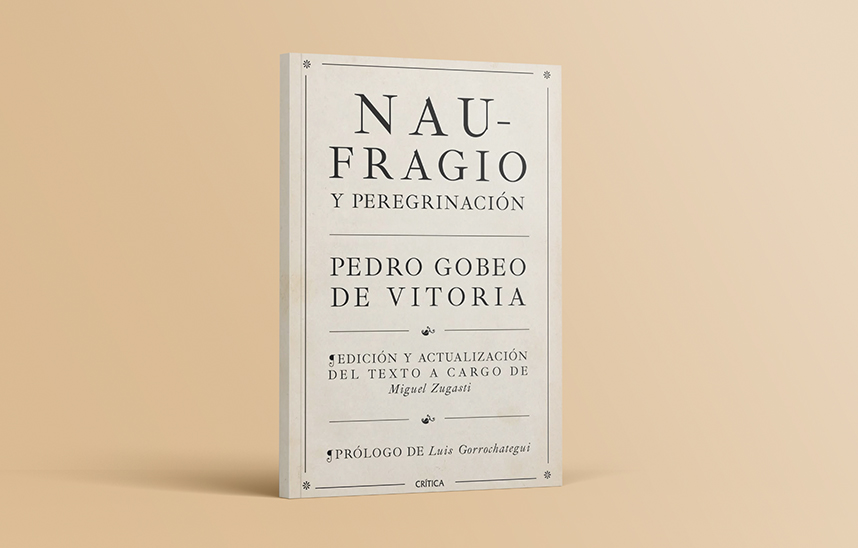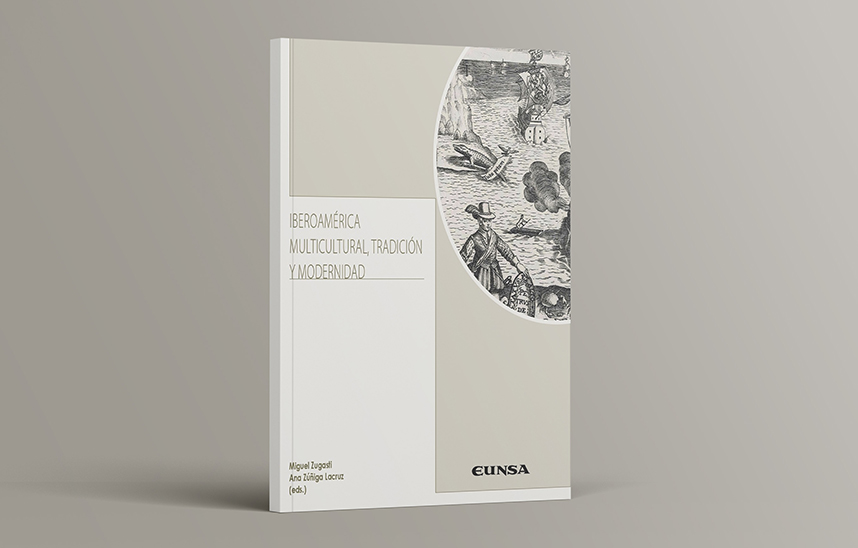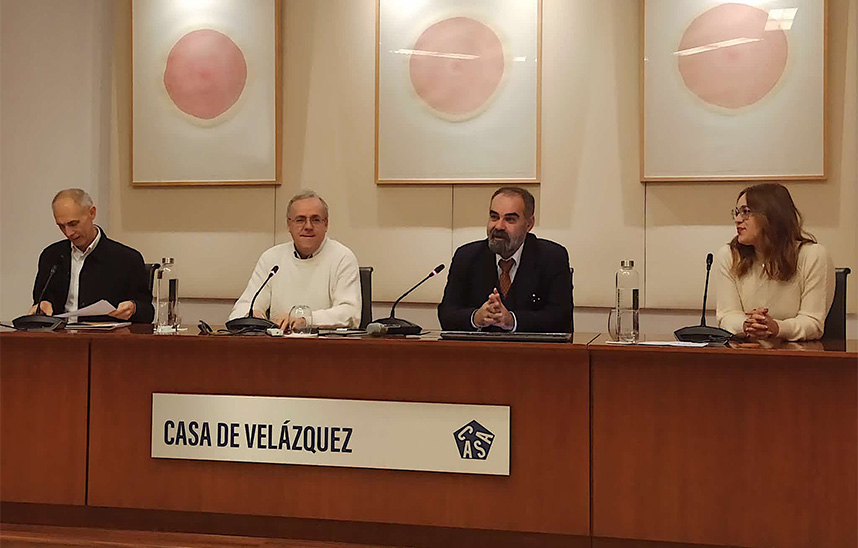Silvia Cazalla, from group TriviUN, publishes the book "Redes emblemáticas y cultura visual en la Edad Moderna" (Emblematic networks and visual culture in the Modern Age).
The work, the result of his doctoral thesis , delves into the variety of realities that concern the cultural networks woven between Spain and the Netherlands in the Modern Age.

FotoCedida/SilviaCazalla with her book, published by EUNSA
23 | 02 | 2021
Silvia Cazalla, member of the group from research TriviUN (Theater, Literature and Visual Culture of the University of Navarra) and PhD in Art History from the School of Philosophy y Letras, has published "Emblematic networks and visual culture in the Modern Age: the "Vanity of the world" (1574) by Fray Diego de Estella, origin of "Het Voorhof der ziele" (1668) by Frans van Hoogstraten".
Edited by EUNSAThe book is the result of his doctoral dissertation thesis . With an interdisciplinary approach , the book delves into the variety of realities that concern the cultural networks woven between Spain and the Netherlands in the Modern Age, by analyzing the book of emblems Het Voorhof der ziele (Anteroom of the Soul, Rotterdam, 1668) by Frans van Hoogstraten, which is based on the Vanity of the World (Toledo, 1562) by Fray Diego de Estella, under a common denominator: vanitas. As Cazalla explains, "this ideology, based on the fleetingness of life, the constant threat of death and material inconsequence, was deeply rooted in the Catholic statement of core values and in the Protestant mentality, as shown by the fixation of the Anabaptist Hoogstraten on the Catholic Estella. Hoogstraten adapts the Spanish work to his purpose of creating a book of emblems in which his chapters adopt the triplex emblem composition and, in turn, incorporate the doctrine of authors later than Fray Diego".
In this way, a study is proposed in which the relationship between both works is identified under the framework of the reflection on the concept of vanitas in the literary production of the time, confirming the enormous cultural network that existed in Modern Europe; a time of wars, conceit and boasting where the disillusionment of the world was fundamental and the preparation for eternal glory was necessary. "Therefore, in order to overcome the vanity of the world, it was necessary to create an Anteroom of the soul", he concludes.
The book is linked to the project "Teatro, fiesta y cultura visual en la monarquía hispánica (ss. XVI-XVIII)", granted by the Ministerio de Economics y Competitividad (MINECO),




